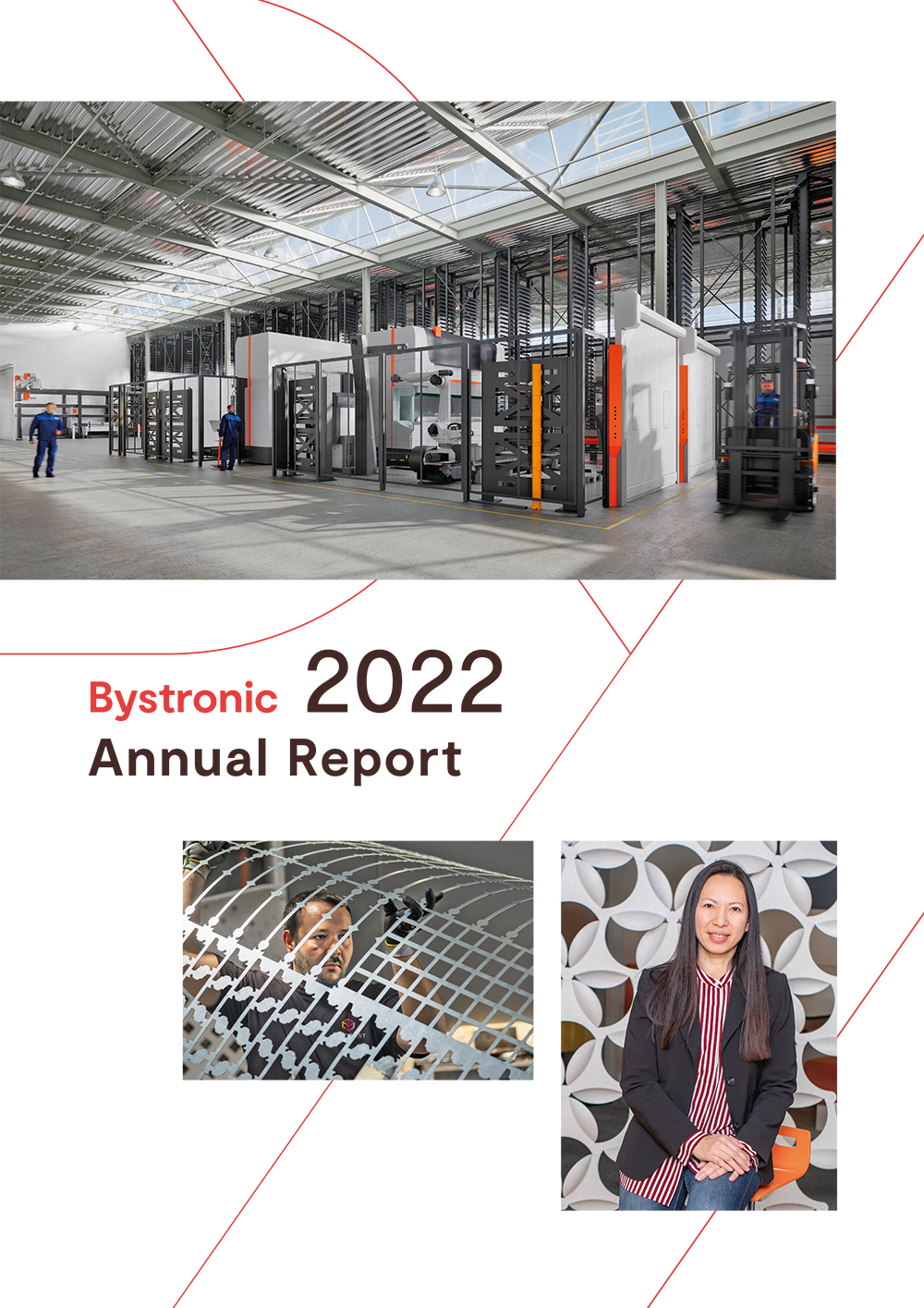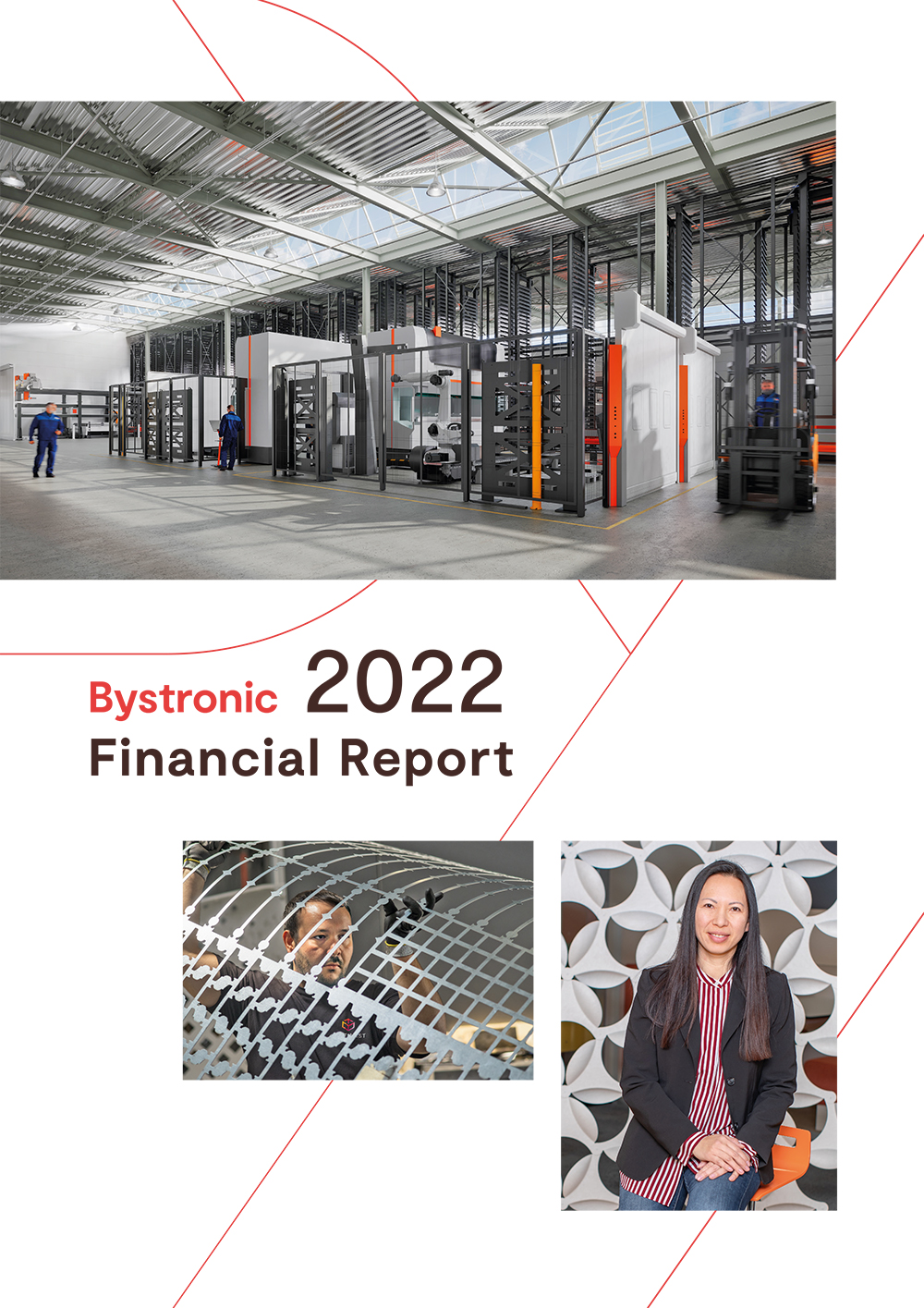2 Governance framework for compensation
2.1 Involvement of the shareholders
Over the past few years, the shareholders have played an increasingly important role in matters relating to compensation. In particular, the General Meeting approves the Articles of Association and their compensation-related provisions. These are available here and cover the following:
- Election for a one-year term of office of the members of the Compensation Committee (Art. 21)
- Approval of the maximum total compensation and benefits of the members of the Board of Directors for the next term of office (Art. 23 para. a)
- Approval of the maximum total compensation and benefits of the members of the Executive Committee for the following financial year (Art. 23 para. b)
- Additional compensation for new members of the Executive Committee (Art. 24)
- Principles governing the variable, performance-related compensation of the Executive Committee and Board of Directors (Art. 25)
- Provisions regarding employment contracts of members of the Executive Committee (Art. 26)
- Rules concerning loans and retirement benefits for members of the Executive Committee (Art. 27)
Although not required by provisions of the Articles of Association, the Board of Directors also submits the Compensation Report to the Annual General Meeting each year for a consultative vote.
The following chart illustrates how the General Meeting (GM) exerts its “say on pay”:
2.2 Compensation Committee
2.2.1 Organization and tasks
The Compensation Committee consists of three members of the Board of Directors. The General Meeting individually elects the members of the Compensation Committee for the term of office until the conclusion of the next Annual General Meeting. In its function as the Human Resources Committee, the Compensation Committee also assumes other responsibilities. At the Annual General Meeting on April 26, 2022, Urs Riedener (Chairman), Robert F. Spoerry, and Dr. Heinz O. Baumgartner were elected to the Compensation Committee.
The Compensation Committee convenes as often as business requires, but at least three times a year. The tasks and responsibilities of the Compensation Committee comprise the following:
- Periodic review of Bystronic’s compensation policy and principles
- Review of the compensation system, the resulting payments to the Executive Committee, and the compliance of these with the Articles of Association
- Annual review of the individual compensation of the CEO, the members of the Executive Committee, and the members of the Board of Directors as well as regular benchmarking with regard to compensation
- Review, adaptation, and approval of the performance assessment of the CEO and the other members of the Executive Committee
- Preparation of the Compensation Report and deliberation of the report with the external auditors
As a general rule, the CEO and the Chief Human Resources Officer (CHRO) of the Group are invited to join the meetings of the Compensation Committee in an advisory capacity. The Committee Chairman may also invite other individuals as appropriate. The CEO does not attend the meeting when his own compensation is the subject of deliberation.
After each meeting, the Chairman of the Compensation Committee reports to the Board of Directors on the activities of the committee. The minutes of the committee meetings are made available to all members of the Board of Directors.
The following table summarizes the decision-making powers for the most important compensation-related topics as stipulated by the Articles of Association and the Organizational Regulations of Bystronic AG:
|
Decision-making powers |
CEO |
|
Compensation Committee |
|
Board of Directors |
|
Annual General Meeting |
|
|
Topic |
|
|
|
|
|
|
|
|
|
Compensation policy |
|
|
proposes |
|
approves |
|
|
|
|
Maximum total compensation and benefits of the Board of Directors |
|
|
proposes |
|
proposes |
|
approves (binding vote) |
|
|
Individual compensation of the members of the Board of Directors |
|
|
proposes |
|
approves |
|
|
|
|
Maximum total compensation and benefits of the Executive Committee |
|
|
proposes |
|
proposes |
|
approves (binding vote) |
|
|
Individual compensation and terms of employment of the CEO |
|
|
proposes |
|
approves |
|
|
|
|
Individual compensation and terms of employment of the members of the Executive Committee |
proposes |
|
proposes |
|
approves |
|
|
|
|
Compensation Report |
|
|
proposes |
|
approves |
|
approves (consultative vote) |
|
The approval of the actual compensation of the Board of Directors and the Executive Committee within the limits of the maximum compensation approved by the General Meeting is the responsibility of the Board of Directors.
2.2.2 Focus topics in the reporting year
In the reporting year, the Compensation Committee held five meetings in accordance with a predefined annual schedule focusing on the following topics:
|
Review of the compensation strategy, policy, and governance |
|
Motion to the Board of Directors on the compensation policy for members of the Board of Directors and of the Executive Committee |
|
Development of a new Long-Term Incentive Plan for the members of the Executive Committee and Extended Executive Committee; see also Section 7 Outlook |
|
Review and adaptation of the compensation system for the Executive Committee, focusing on the compensation mix and the alignment with environmental, social, and governance (ESG) criteria |
|
Preparation of motions to the Annual General Meeting on the maximum total compensation and benefits of the Board of Directors and Executive Committee for the attention of the Board of Directors |
|
Preparation of the Compensation Report for approval by the members of the Board of Directors |
|
Compensation of the Board of Directors |
|
Proposal of compensation for the next term of office |
|
Compensation of the Executive Committee |
|
Determination of management KPIs and objectives |
|
Review and assessment of performance targets, performance assessment, and target compensation |
|
Benchmark studies related to the compensation mix |
Additional information about the tasks and activities of the Human Resources Committee/Compensation Committee are described in the Corporate Governance Report, Section 3.5 “Organization and definition of areas of responsibility” and in the “Human Resources Committee Report”.


